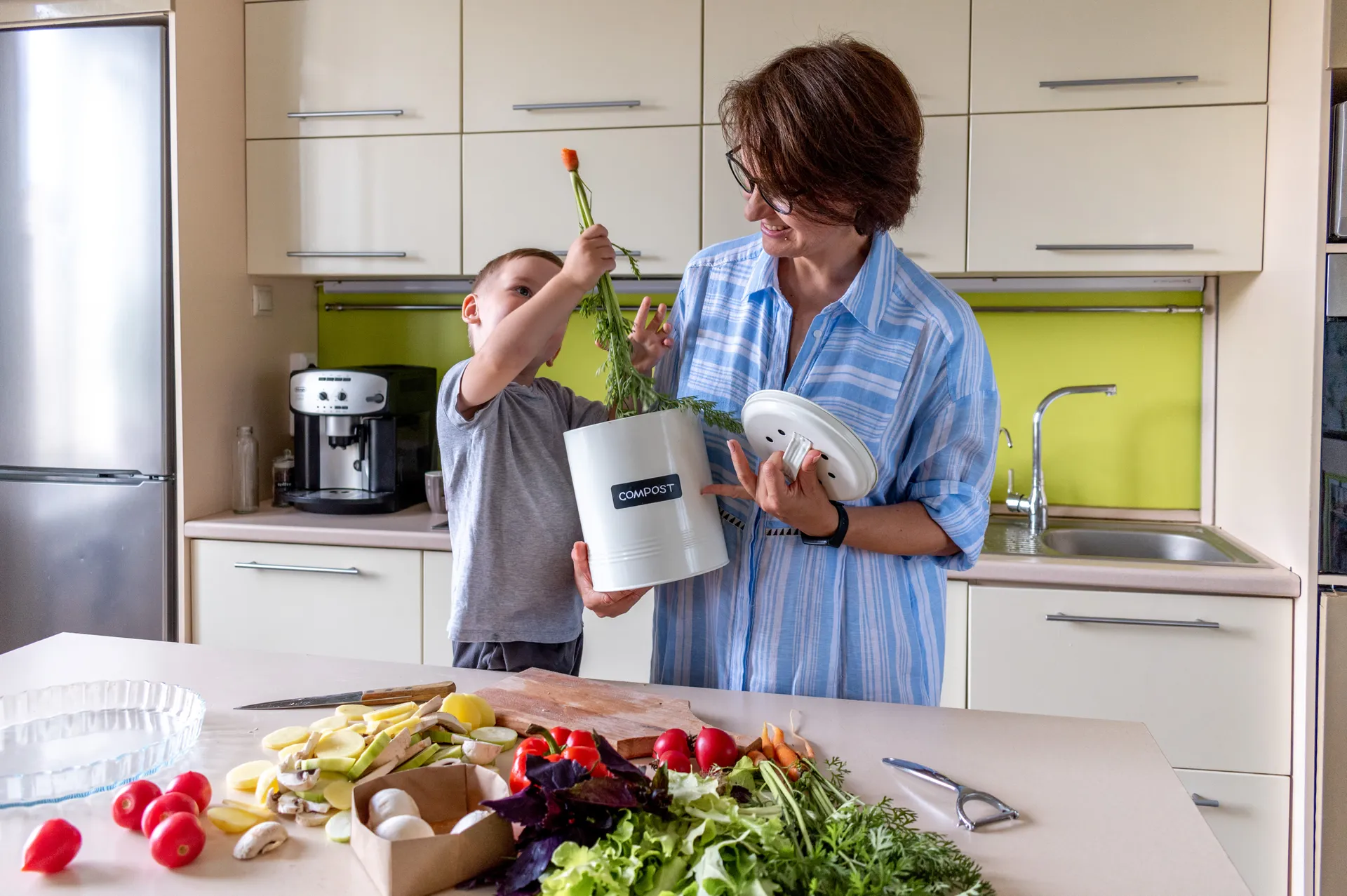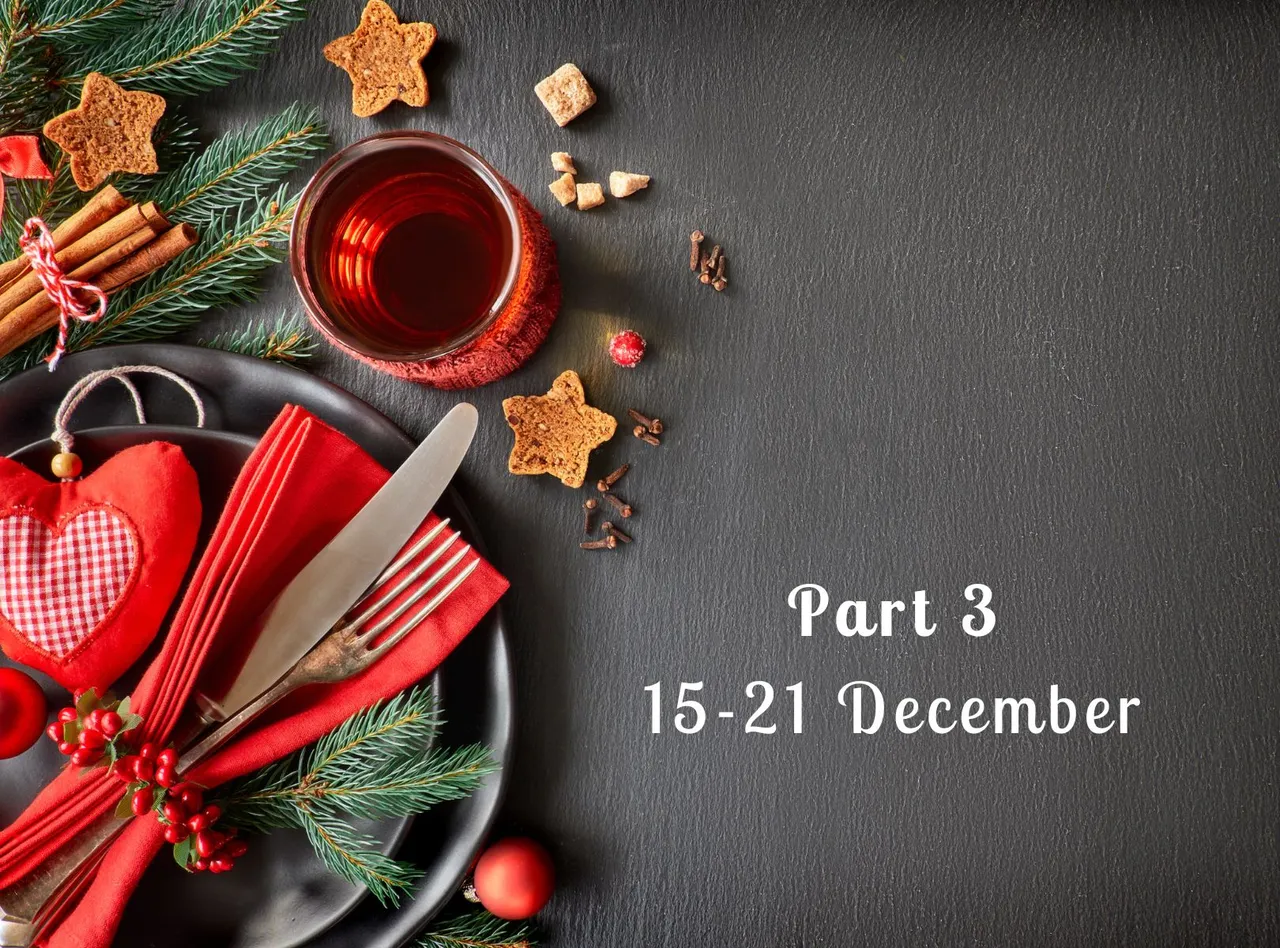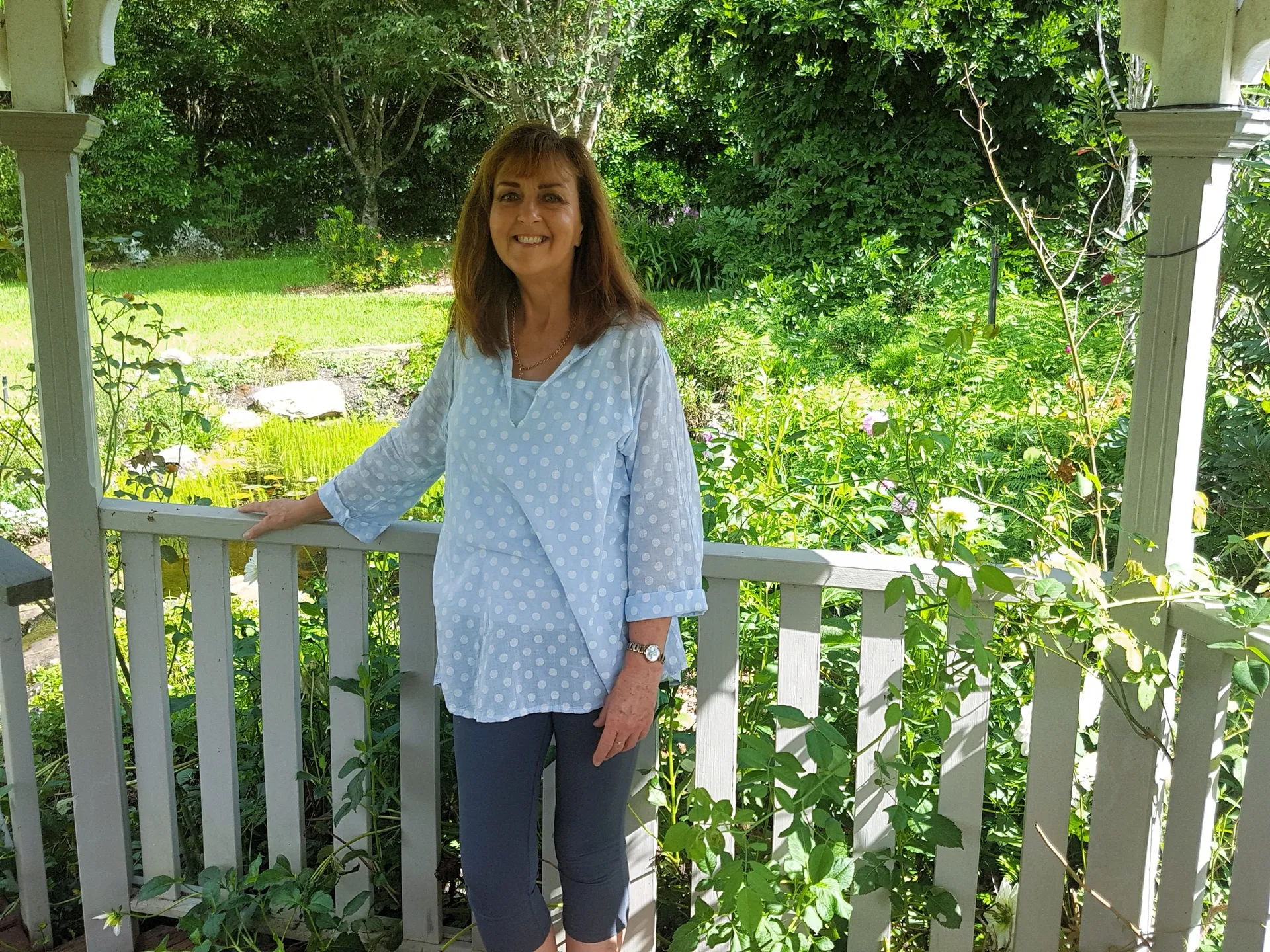Gardening Tips May 2024

Find out what to sow, what to pick and what garden tasks need attending to this Autumn
May - What to Plant Now
May is a prime planting month for autumn and winter crops. We only have short seasons during autumn (April/May) and winter (June/July) so make the most of them.
With lower humidity and cooler temperatures, many pest insects have gone and there are so many more plant varieties you can grow.
That means getting your timing right and being prepared to plant while pest activity has slowed down due to cooler temperatures and lower humidity. Sow little and often (succession plant) for a continuous harvest of fresh ingredients.
The lawn may not be growing as fast as in summer, but make the most of grass clippings by using them as mulch or adding to your compost. There are plenty of plants that need a ‘haircut’ including woody perennials, lemongrass and bushy shrubs.

Prune to encourage new growth and shape your plants. Use prunings in compost to build healthy soil. Leaves from deciduous trees and blossoms also make a wonderful leaf mould. Bag up and add moisture to create a nutrient-rich soil conditioner.
May is an ideal time to make compost and feed up your worm farm to ensure you have plenty of nutrient-rich soil and potting mix for growing autumn and winter crops in the next six months. Beneficial microorganisms are more active in moist soil than when it is dry. So instead of ‘making hay while the sun shines’ why not ‘make compost after rain’? The basis for a healthy garden is organic matter converted into nutrient-rich soil, so use every resource from your garden (or your neighbour’s) to recycle the nutrients.
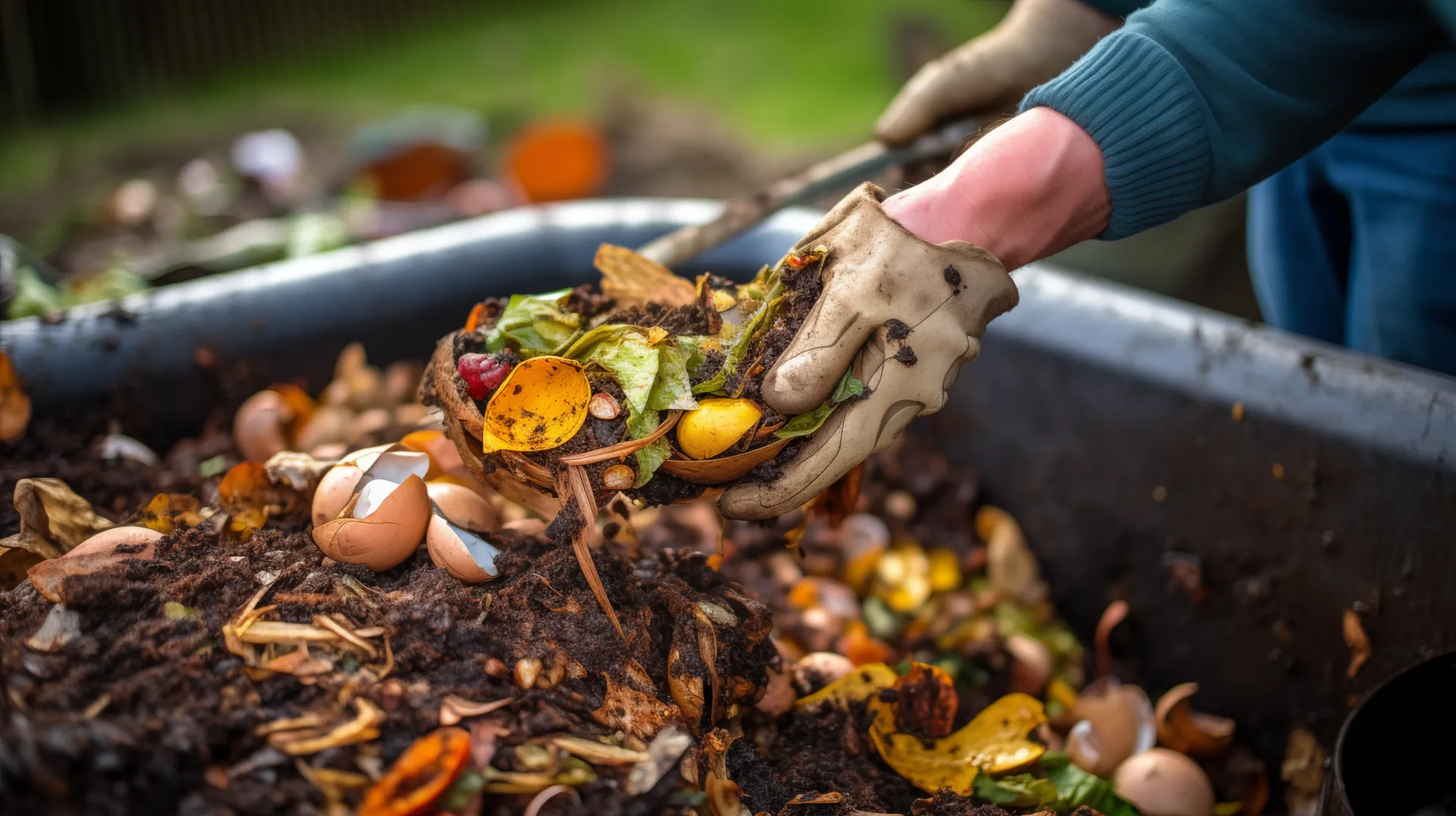
Container gardens likely need a top up of fresh potting mix before new plantings. Follow my potting mix guide to improve bagged potting mix or make your own with easily available ingredients for a long-lasting, moisture and nutrient-holding soil. Lifeless, dry dead dirt won’t grow healthy produce so invest in your health by focusing on your soil first.
Pick
Pumpkins and sweet potatoes are starchy tummy-filling vegetables that should be ready to harvest. Passionfruit vines should be producing well along with citrus fruits.
Sow
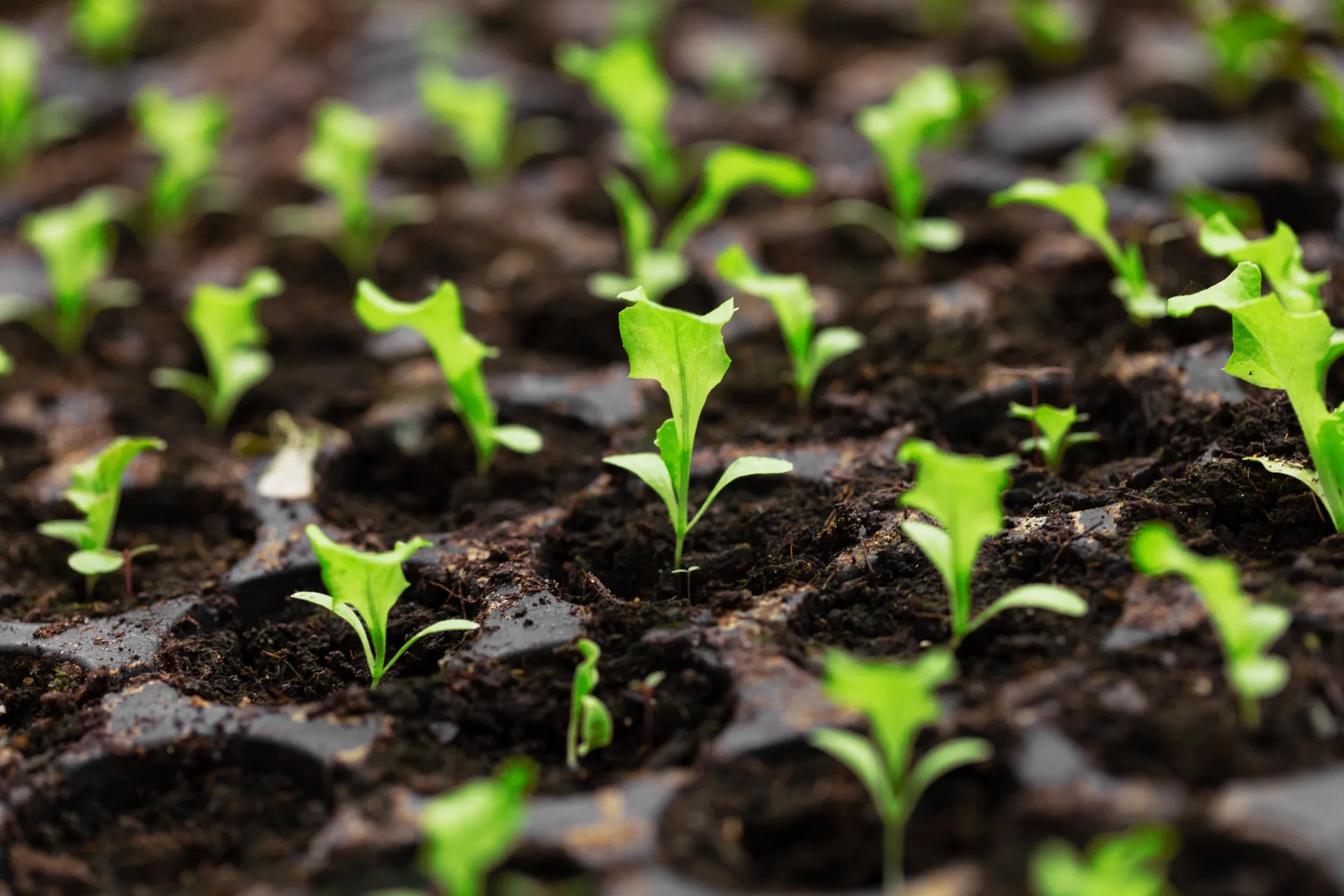
For leafy greens, sow perpetual spinach, chard, silverbeet, kale, Asian greens like tatsoi, celery, lettuce, coriander and rocket. Most of these can also be enjoyed as microgreens along with broccoli, radish, peas, mustard, sunflower and beetroot. If you’re not sure when each of our five seasons start and end, or what to plant each month, refer to the perpetual Subtropical Planting Guide.
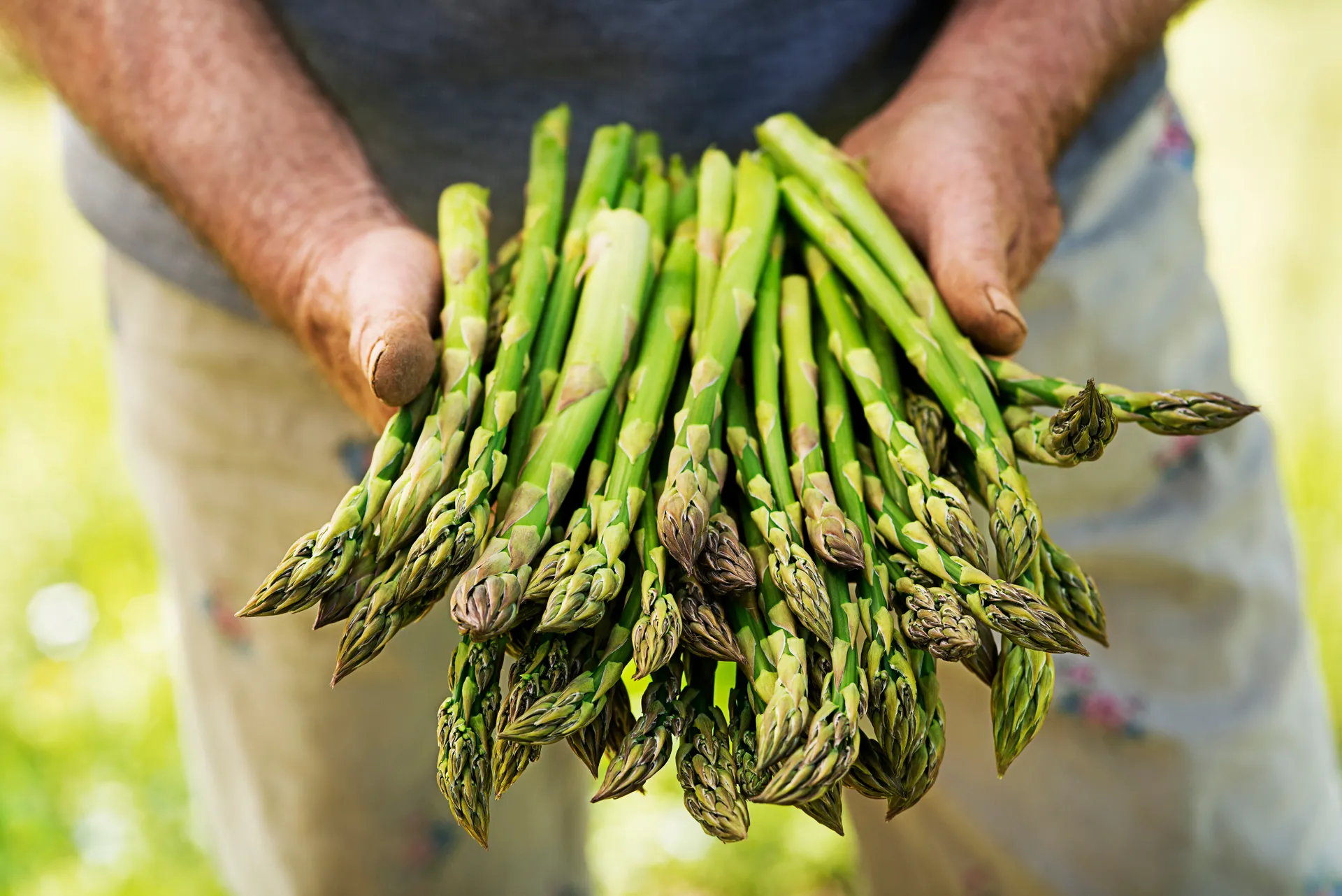
This is prime time for sowing asparagus crowns, beans, beetroot, all brassicas (broccoli, kale, rocket, tatsoi, cauliflower, cabbages), broad beans, capsicum, carrots, chia, cool season green manures, cucumber (my favourites are cucamelons which are highly productive and require far less water), eggplant, garlic, leek, peas, potato, radish, spring onions, sweet potato and tomatoes.
If you are impatient for peas and beans, sow dwarf/bush varieties first, then climbers. The bush peas and beans will produce flowers and pods earlier than climbing varieties because these need to put on more leaf growth before flowering. The dwarfs will give you a quick crop and 3-4 harvests. By then, your climbers will be producing plenty of peas and beans and will last much longer so you can extend the harvest. A simple strategy for enjoying these vegetables for longer. Sow some peas as microgreens for crunchy pea shoots.
If you’re not already, it’s important to start saving your own seeds. True sustainability comes from providing your own needs so harvest. Dry any herb or vegetable seeds from your garden. Follow this Seed Saving Guide to learn how. You can also grow many plants for free by taking cuttings, dividing clumping plants and other easy propagation techniques. Learn these skills by following the Plant Propagating Guide reference chart.
If you have a tight garden budget, watch this video I created to help you learn how to grow food for free from kitchen ‘waste’. The tips are so easy to apply and sustainable.
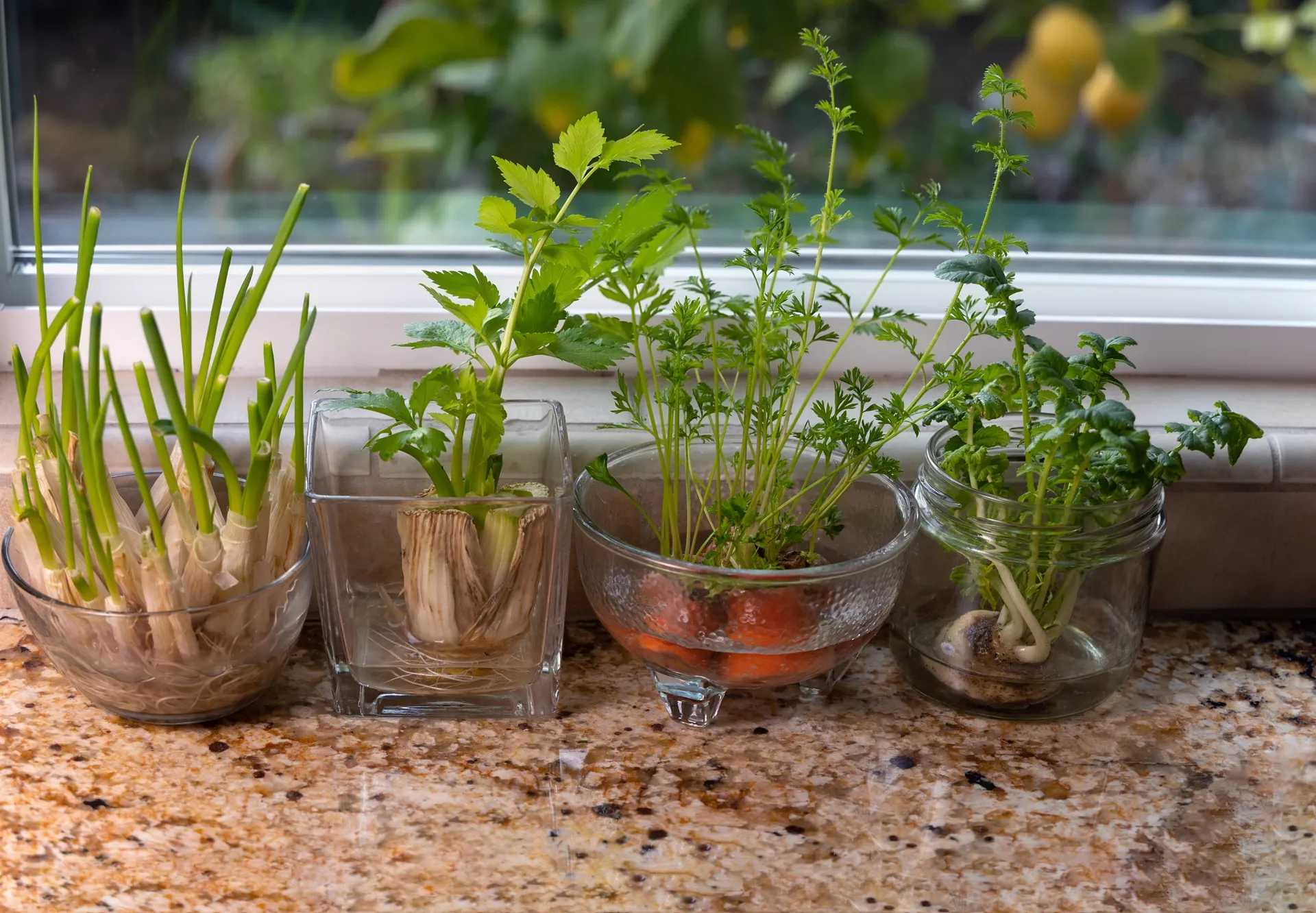
Fruits
Try planting fruit trees such as Citrus, Black Sapote, Carambola, Coffee, Feijoa, Fig, Finger lime, Guava, Kiwifruit, Macadamia, Mango, Mulberry (easy from cuttings taken in the new moon phase), Olive, Passionfruit, Pawpaw, Peach (try tropical and dwarf varieties), Pecan, Persimmon, Pomegranate and Strawberry runners. Remember to remove any buds from young fruit trees so they can put energy into growing roots not fruit.
If your ‘mother’ strawberry plants are throwing runners, separate them and feed up well with compost and liquid seaweed to boost new root and shoot growth. Time to sow new strawberry plants now too!
Herbs and flowers
Some herbs just hate the heat – take annual Coriander and Dill for example. However, they thrive at this time of year and will produce hundreds of free seeds for microgreens and next season when they finish later in the year. Sow Borage, Chervil, Comfrey roots, Fennel, Lemongrass, Parsley, Pineapple Sage (easy from cuttings) and Sorrel. Plant your bulbs and flowers including Calendula, Cornflower, Daylily, Dianthus, Marigold, Nasturtium, Pansy, Poppy, Snapdragon, Sweet Pea and Viola. Interplant your herbs and flowers between vegetables (particularly brassicas) to attract beneficial predator insects to keep caterpillars and other insects in balance.
Issues to watch out for:
Fruit fly is a threat we all live with. Unfortunately, mild temperatures mean we could expect them earlier this year, with more generations recurring over coming months. Put your traps in place to minimise damage and control the life cycle. Other strategies that may help are to 1) select early fruiting trees, to miss the fruit fly attack; 2) grow dwarf varieties or keep fruit trees small; 3) cover with suitable exclusion netting.
Plant a trap crop of Nasturtiums, Land Cress (Barbarea vulgaris) or American Upland Cress (Barbarea verna) to attract the Cabbage White Butterfly (Pieris rapae), Cabbage Moth (Mamestra brassicae) and Diamondback Moth (Plutella xylostella) to lay eggs on these plants instead of your brassicas. Sacrificial nasturtiums make it easy to squish caterpillars in one spot instead of all over your garden. The Cress leaves contain saponins (chemical substances) they can't digest so they die, ending the life cycle. So this helps break the lifecycle by acting as a 'dead-end trap crop'. Decoys, exclusion nets, cloches for young seedlings, interplanting and other organic controls can help you manage these pests.
Garden Tasks this Month

- If you haven’t yet fertilised your fruit trees and particularly your citrus, now’s the time!
- Weed and mulch around fruit trees at the same time. Comfrey and arrowroot are ideal nutrient and moisture rich mulches.
- Stone fruit like tropical peaches and nectaries start flowering so will benefit from a liquid feed of seaweed, compost tea or diluted worm casting concentrate. Moisture is essential during flowering and fruit set.
- Keep moisture in the soil by topping up with a layer of mulch. This will help feed the soil, encourage an active microbial community and insulate the temperature.
- Harvest any basil for pesto before it dies back and collect the seeds for saving . Grow perennial basil all year.
- Cut back arrowroot and perennials. Use the nitrogen-rich material to make compost .
- Keep garlic, potatoes and asparagus well weeded. They hate competition.
- This is a prime growing time for all leafy greens without having to compete with grasshoppers. Keep up liquid feeds for an abundant harvest. Add to green smoothies, juices, stir fries and soups. Harvest early morning for maximum moisture in the leaves.
Helpful Gardening Resources
- Subtropical Planting Guide – Designed specifically for our local climate’s five seasons.
- Moon Calendar Gardening Guide – Work with the moon’s cycles each month for optimum planting times.
- Microgreens Growing Guide Chart – A comprehensive guide to growing a wide variety of herbs and vegetables.
- Guide to Using Kitchen Herbs for Health – How to guide on growing and using 25 kitchen and medicinal herbs.
- Seed Starting Guide: Quick Tips for Starting Seeds Successfully – Everything you need to know!
- Design Tips for a Productive Kitchen Garden
If you haven’t already, I invite you to join my free newsletter for more monthly tips.
Happy gardening and enjoy the harvest!
Cheers, Anne
About our Contributor: Anne is a speaker, author, workshop facilitator, organic gardening coach and educator. In 2017, Anne won the Sunshine Coast Sustainable Business Woman of the Year Award. Anne is passionate about inspiring people to improve their health by growing nutrient-dense food in small spaces and offers a home visit consultation service for one-on-one learning. With a focus on sustainable practices and working with nature, she shares free organic gardening tips and tutorials to save time, money and energy at themicrogardener.com.

